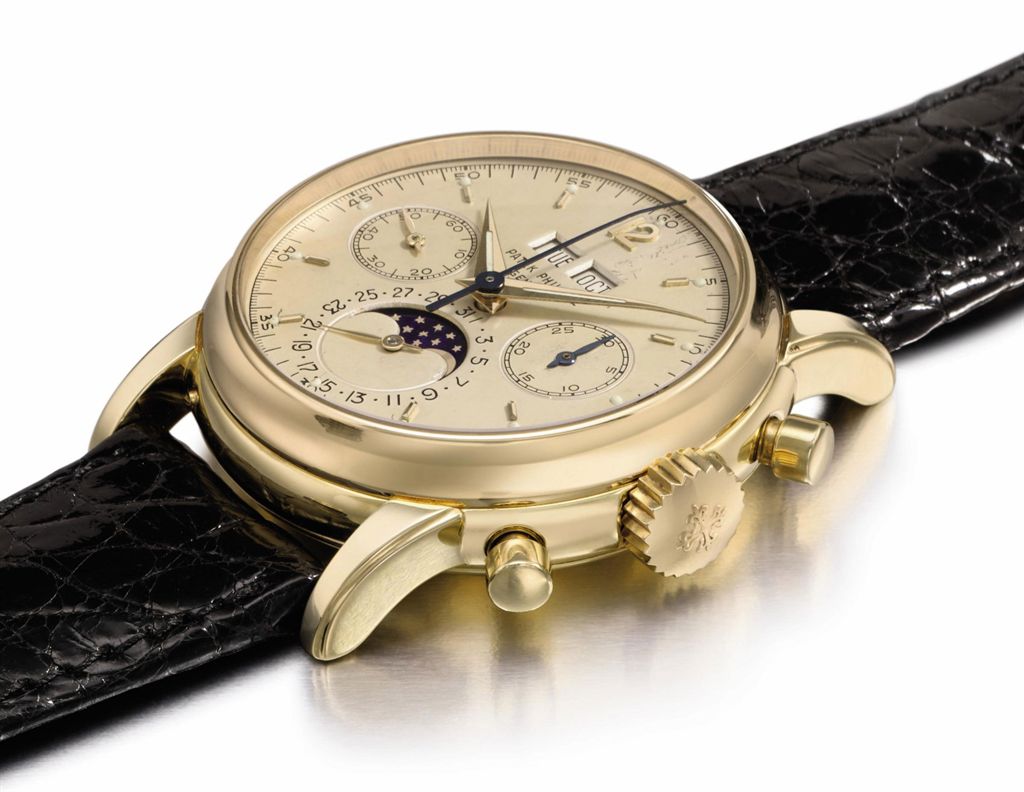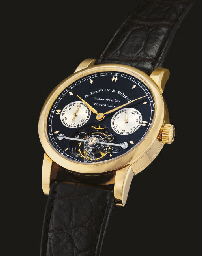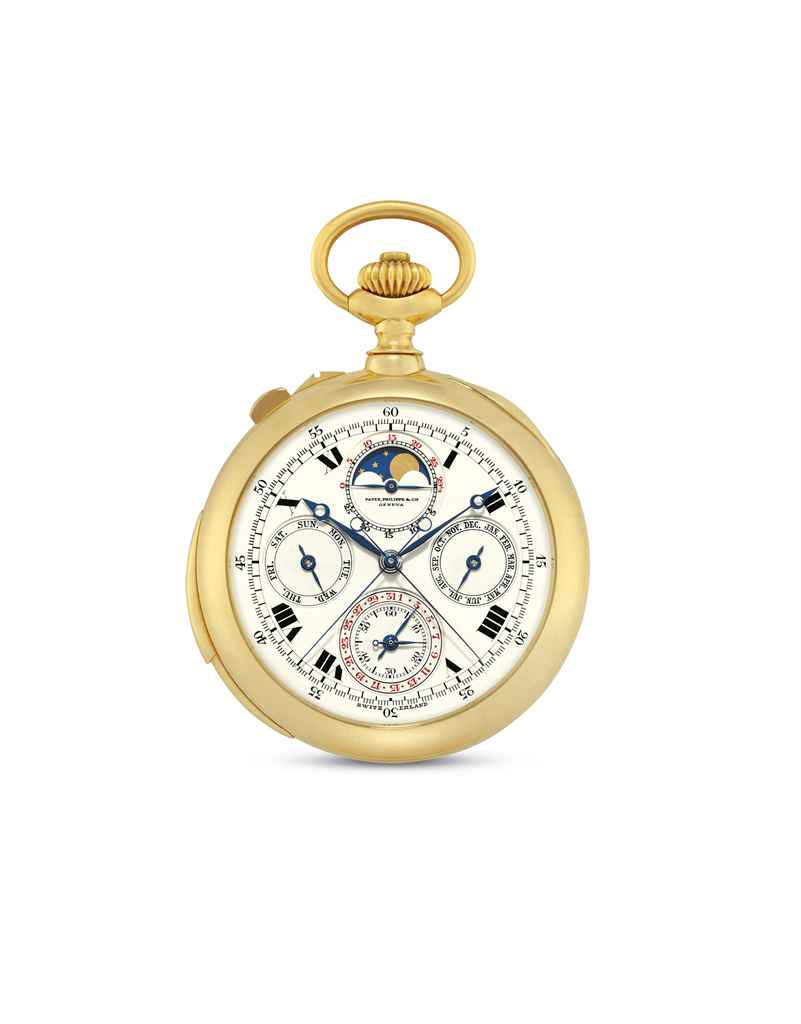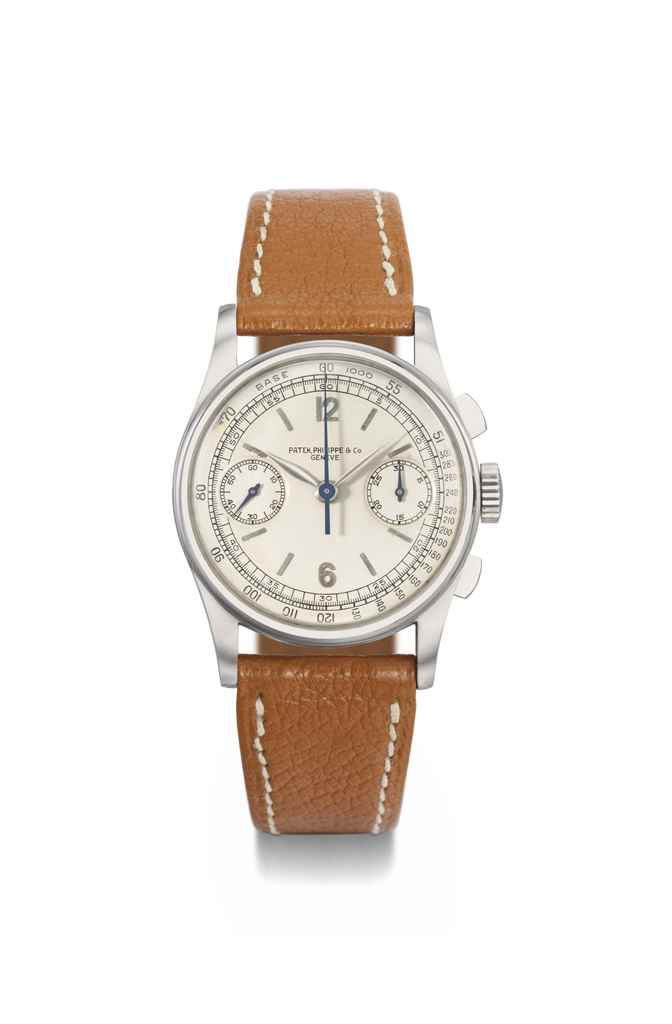A fine and rare William III table clock movement and dial with pull-quarter repeat John Knibb, Oxford, circa 1695 The five latched baluster turned inside rack and bell striking movement with plates measuring 7.125 by 5.125 inches and verge escapement regulated by short bob pendulum and pull-quarter repeat on a graduated nest of three bells, the backplate finely engraved with tight Ho-Ho bird inhabited repeating foliate scrollwork around a central signature John Knibb, Oxford, the 6.875 inch square brass dial with ringed winding holes and herringbone chamfer engraved calendar aperture to the matted centre within applied silvered Roman numeral chapter ring with fleur-de-lys half hour markers, Arabic five minutes to outer track and signed John Knibb, Oxford to lower margin, with fine scroll-pierced sculpted steel hands, winged cherub mask spandrels to angles and N/S strike/silent selection lever above twelve o'clock, (unrestored, lacking backcock). John Knibb was born in 1650 and was apprenticed to his older brother, Joseph, in around 1664. When Joseph moved to London in 1670 to set up business (presumably in the workshop inherited from his uncle, Samuel) John, his younger brother, took on the Oxford workshop gaining the Freedom of the city on payment of a fine in 1673. Joseph Knibb retired in 1697 selling up most of his workshop (most likely to his former Oxford-based apprentice Samuel Aldworth) before moving to Hanslop in Buckinghamshire where he made a few clocks prior to his death in 1711. During his career John Knibb became a high profile figure within the City of Oxford being a member if the City Council from 1686, a Bailiff in 1688 and then twice Mayor in 1698 and 1710. He also held positions of Alderman and Keykeeper. On his death in 1722 he was recorded as being of Smith Gate in the Parish of Holywell and was buried in that Parish at St. Cross church. Due to the comparative rarity of clocks signed by John Knibb it has been suggested that his workshop may have generally served to supply Joseph's larger concern in London. The strong similarities between John's best work and those signed by Joseph would certainly support this view. However it is also clear that John was a high profile tradesman in the City off Oxford who trained no less than ten apprentices, therefore it is perhaps more likely that, although the two workshops were connected, they generally worked separately to supply clocks to differing groups of clients. The current lot is a fine example of a 'phase IV' movement and dial belonging the final fully-developed design of table clock produced by John Knibb during the mid to late 1690's. The mechanism itself is particularly well built with typical 'Knibb' baluster pillars, delicate wheelwork and finely executed internal rack striking mechanism. The engraved decoration to the backplate is notable in that the composition of Ho-Ho bird inhabited repeating leafy scrolls around a signature cartouche incorporating a small grotesque mask and basket of fruit at the apex in that it can be directly compared to that of a magnificent silver mounted table clock by Thomas Cattell illustrated in Dzik, Sunny ENGRAVING ON ENGLISH TABLE CLOCKS... on page 236 (Figure 13.22). Indeed the strong similarities between the engraving of the Thomas Cattell clock and the current lot would suggest that they were executed by the same hand in a style that would have been at the height of fashion at that time. Exploring the engraving further throws-up strong similarities with designs seen on the backplates of a handful of important clocks by Thomas Tompion; most notably that of the celebrated 'Selby Lowndes' grande-sonnerie clock (no. 217 circa 1693) illustrated in Evans, Jeremy; Carter, Jonathan and Wright, Ben THOMAS TOMPION 300 YEARS on pages 388-91. Interestingly Evans, Carter and Wright attribute this engraving to 'G155' with a suggestion of Bartholemew le Maire being a possible candidate for this work cited on pages 177-78. The dial of t
A fine and rare William III table clock movement and dial with pull-quarter repeat John Knibb, Oxford, circa 1695 The five latched baluster turned inside rack and bell striking movement with plates measuring 7.125 by 5.125 inches and verge escapement regulated by short bob pendulum and pull-quarter repeat on a graduated nest of three bells, the backplate finely engraved with tight Ho-Ho bird inhabited repeating foliate scrollwork around a central signature John Knibb, Oxford, the 6.875 inch square brass dial with ringed winding holes and herringbone chamfer engraved calendar aperture to the matted centre within applied silvered Roman numeral chapter ring with fleur-de-lys half hour markers, Arabic five minutes to outer track and signed John Knibb, Oxford to lower margin, with fine scroll-pierced sculpted steel hands, winged cherub mask spandrels to angles and N/S strike/silent selection lever above twelve o'clock, (unrestored, lacking backcock). John Knibb was born in 1650 and was apprenticed to his older brother, Joseph, in around 1664. When Joseph moved to London in 1670 to set up business (presumably in the workshop inherited from his uncle, Samuel) John, his younger brother, took on the Oxford workshop gaining the Freedom of the city on payment of a fine in 1673. Joseph Knibb retired in 1697 selling up most of his workshop (most likely to his former Oxford-based apprentice Samuel Aldworth) before moving to Hanslop in Buckinghamshire where he made a few clocks prior to his death in 1711. During his career John Knibb became a high profile figure within the City of Oxford being a member if the City Council from 1686, a Bailiff in 1688 and then twice Mayor in 1698 and 1710. He also held positions of Alderman and Keykeeper. On his death in 1722 he was recorded as being of Smith Gate in the Parish of Holywell and was buried in that Parish at St. Cross church. Due to the comparative rarity of clocks signed by John Knibb it has been suggested that his workshop may have generally served to supply Joseph's larger concern in London. The strong similarities between John's best work and those signed by Joseph would certainly support this view. However it is also clear that John was a high profile tradesman in the City off Oxford who trained no less than ten apprentices, therefore it is perhaps more likely that, although the two workshops were connected, they generally worked separately to supply clocks to differing groups of clients. The current lot is a fine example of a 'phase IV' movement and dial belonging the final fully-developed design of table clock produced by John Knibb during the mid to late 1690's. The mechanism itself is particularly well built with typical 'Knibb' baluster pillars, delicate wheelwork and finely executed internal rack striking mechanism. The engraved decoration to the backplate is notable in that the composition of Ho-Ho bird inhabited repeating leafy scrolls around a signature cartouche incorporating a small grotesque mask and basket of fruit at the apex in that it can be directly compared to that of a magnificent silver mounted table clock by Thomas Cattell illustrated in Dzik, Sunny ENGRAVING ON ENGLISH TABLE CLOCKS... on page 236 (Figure 13.22). Indeed the strong similarities between the engraving of the Thomas Cattell clock and the current lot would suggest that they were executed by the same hand in a style that would have been at the height of fashion at that time. Exploring the engraving further throws-up strong similarities with designs seen on the backplates of a handful of important clocks by Thomas Tompion; most notably that of the celebrated 'Selby Lowndes' grande-sonnerie clock (no. 217 circa 1693) illustrated in Evans, Jeremy; Carter, Jonathan and Wright, Ben THOMAS TOMPION 300 YEARS on pages 388-91. Interestingly Evans, Carter and Wright attribute this engraving to 'G155' with a suggestion of Bartholemew le Maire being a possible candidate for this work cited on pages 177-78. The dial of t















Try LotSearch and its premium features for 7 days - without any costs!
Be notified automatically about new items in upcoming auctions.
Create an alert